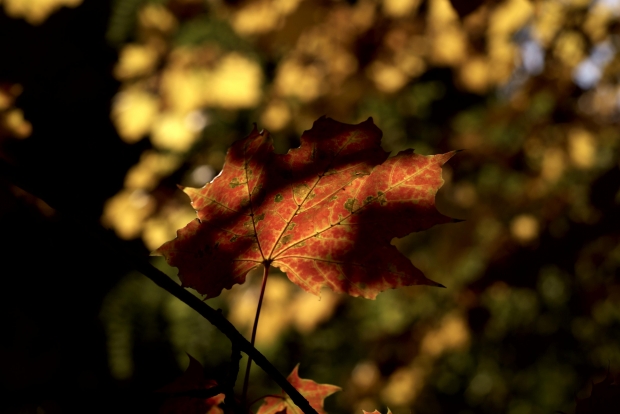 As autumn rolls in, it brings cooler temperatures and a change in weather patterns. To prepare for the seasonal change inspect your home thoroughly, inside and out.
As autumn rolls in, it brings cooler temperatures and a change in weather patterns. To prepare for the seasonal change inspect your home thoroughly, inside and out.
Water is the worst and most costly cause of home damage. It rots wood, drywall, and other materials, causes stains, rusts metal, aids mold growth, and attracts destructive insects. Deal with any leaks you find immediately. The biggest mistake homeowners make is to delay repairs, to put them off. Waiting can lead to more damage than you may have had to deal with at the time. It gets easier to put off every day you do so. Until you take things apart and look at them, it may not be clear how widespread or serious the damage is. When you notice water leaking or signs of water damage, it’s an urgent call for action.
Less common but equally as damaging is heat damage. During the summer it gets hot on your roof and other exterior parts of your home. This heat is very hard on wood, plastic, some sealants and many other materials that are often used. Rainwater and condensation can intrude in all kinds of cracks, holes, and other places in the walls and roof of your house and cause a number of problems that only get worse over time. Protecting the integrity of the building’s exterior, or envelope, is very important in maintaining your house. Carefully look over the external surfaces of your house, especially vulnerable places like corners, edges, and transitions between two kinds of materials.
The seasonal change is the perfect time to inspect your HVAC system. You may still need cooling as the temperature fluctuates during the fall months, so make sure it is still running smoothly after its summer workout. Test your heating system now while the weather is mild and take care of any problems well before you really need heating. Remember to check your manufacturer’s and installer’s recommendations and have a reliable professional check your systems periodically: this might be five years or more for new equipment, but as often as annually for old heat pumps and gas furnaces.
Once the temperature drops low enough to warrant it, shut down your cooling system and get the heating started properly. Many heating and cooling systems require some sort of attention before changing from cooling to heating seasons, especially older ones. It’s best to read and pay attention to manufacturer’s instructions. If in doubt, call your heating and cooling service or your gas company – they’re both happy to help customers avoid destroying their HVAC systems.
With gas heating systems, remember to turn on the gas to the heater. The appropriate valve should be somewhere along the gas pipe before it enters the heater. Turn it fully to the “on” position. With some heating systems, you should also insert a baffle into the duct so that air from the cooler does not leak out through the heating system.
